A probe is an unmanned spacecraft designed to conduct surveys scientific data in or near the environment studied. They divided into several categories:
– flyby probes make their observations during a short-range pass before returning to an orbit around the sun (which in specific cas, it make several flyby ). These are the most simple mission because once they are on the right track, they need only small trajectory corrections. However, they study objectif only for a few hours.
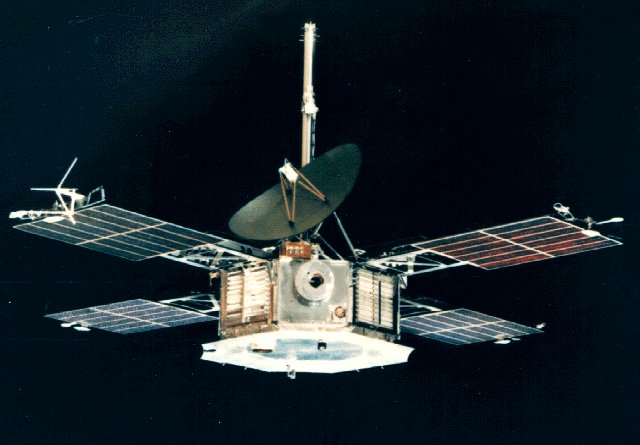
– The orbiters have the ability to brake once on target in order to fit into the Orbit. This allows observations to be extended for months or even years.
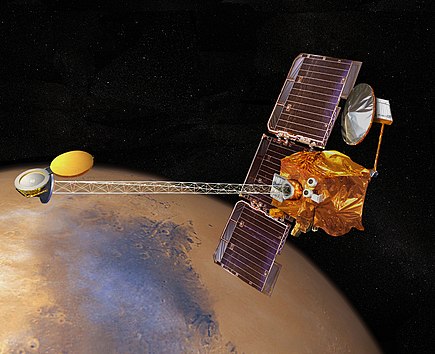
– impactors aim to crash directly into the objectif and transmit its data until the last moment to study the objective as closely as possible.
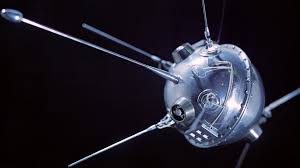
– Atmospheric probes are the equivalent of impactors for planets with a important atmosphere. They enter and study it during the descent until they are destroyed by pressure or impact with the Surface.
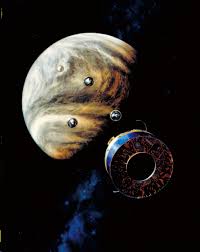
– Atmospheric platforms are vehicles capable of to maintain in the atmosphere of another planet. They allow for a study longer than an atmospheric probe but in a narrower altitude range.
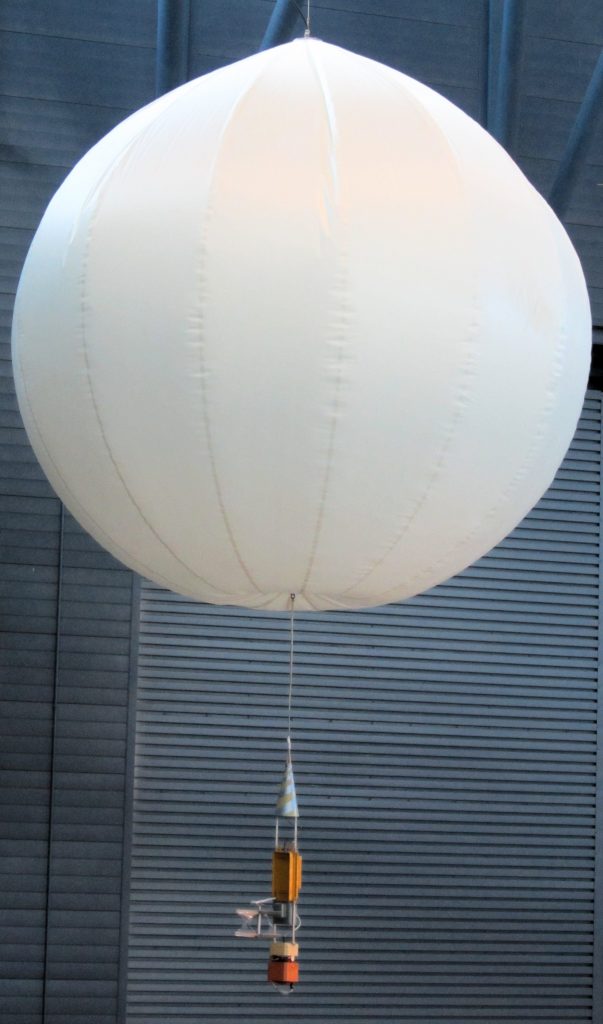
– Landers are able to land smoothly (or enough to remain operational) on the surface of the objectif and to study its environment around landing site.

– Rovers are vehicles capable of moving to the surface to study various environments.

– Multi-Platform Missions are probes sending from one block but several different type element detaches once arrived on objectif. It allows you to study the same environment from different points of view (in orbit or in site) or to study at best different environment.

The probes are always built in several identical copies. At the beginning of the space adventure, it was often two of these probes that were launched to compensate for the unreliability of the rockets and probes of the time. Subsequently, with increased reliability and prices, dual missions tend to disappear. Whether the mission is simple or double, it is always built, at least, an additional reserve probe identical to the main probes. Before the mission, it can provide parts if the main probe is damaged before its flight. During the mission, the reserve probe is used to test maneuvers and software modifications on Earth before sending them to the main probe. After the mission, this reserve probe is often used to replicate the measurements made by the main probe to verify that they have not been disturbed. Once useless, it is often donated to a museum or guarded by the institute that built it.
